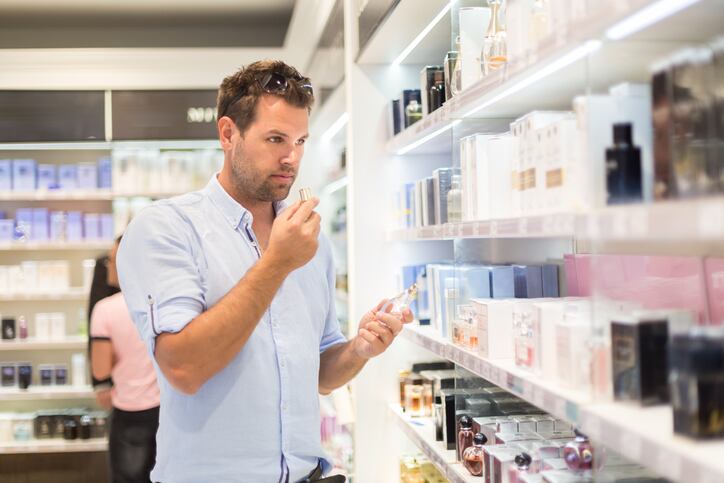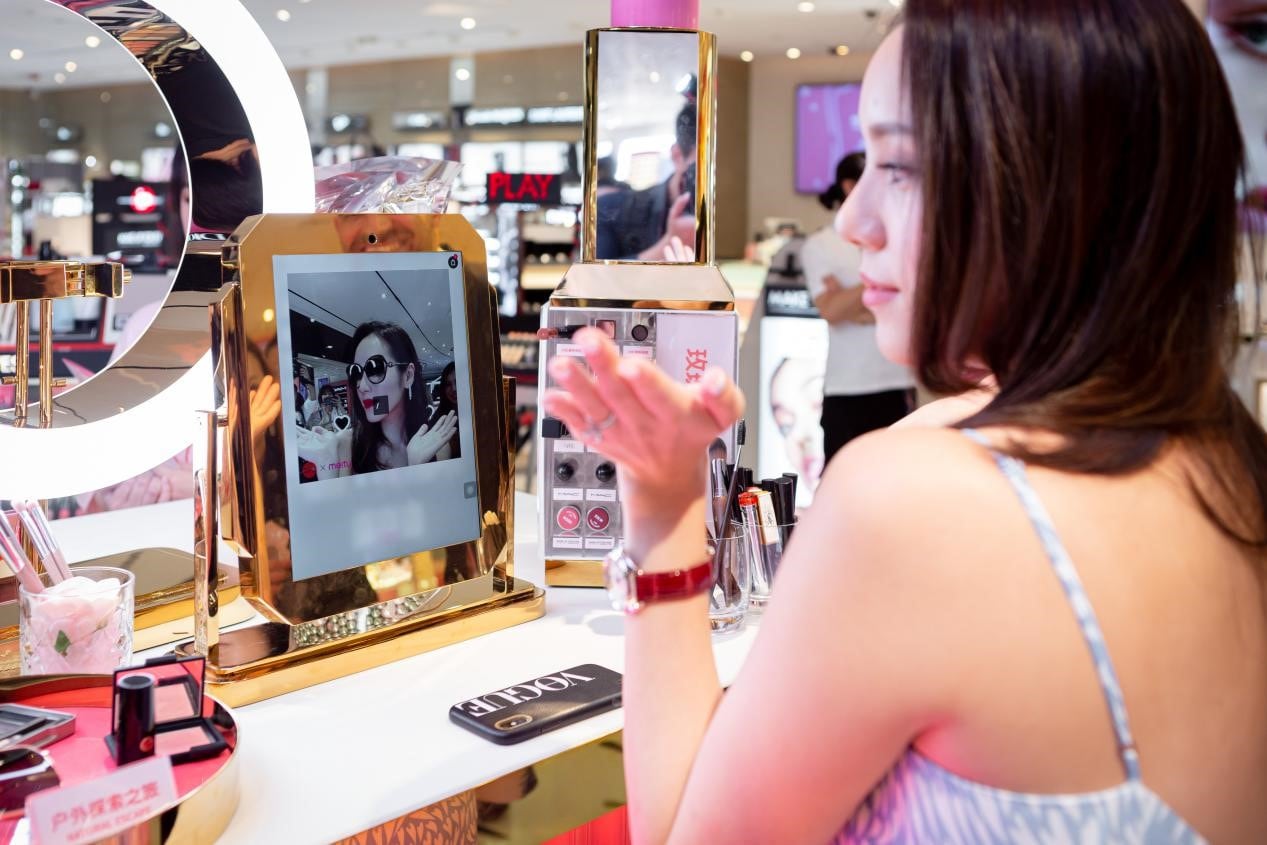Louis Houdart, founder and CEO of China-based branding and design agency Creative Capital, pointed out that brand collaborations were a simple yet effective way to create stories, especially for smaller brands.
Houdart said: “Consumers used to be driven by big names, big campaigns and big movie stars. Now they are looking for content that is relevant to their own lifestyle. They consider themselves small key opinion leaders (KOLs). They want to share new and interesting things with their friends. Collaborations bring about these kinds of opportunities for consumers to share online.”
He added: “If you look at French brands like Lancôme and Chanel, they have been around for decades, so when it comes to creating content for the brand, it can rely on its archives and its history. Local Chinese brands may not have that rich history so collaborating with other brands can bring about interesting content.”
Unlikely partners
For instance, Chinese beauty brand Maxam leveraged on the history of White Rabbit candy to create a lip balm which promptly went viral.
“Today, a lot of Chinese millennials feel a special relationship with brands of their childhood. Combined with being more comfortable with their past and history, this sweet memory is now considered to be trendy,” said Houdart.
Such collaborations work as they are very aligned, Houdart added. “White Rabbit is very sweet and milky so it was very easy for the consumer to associate with a lip balm.”
However, there are some partnerships that work because of how unexpected they are.
One such unexpected partnership in the beauty world was between Chinese beauty brand AFU and Fu Lin Men, a brand of cooking oil. Together, the brands released a line of limited make-up removers.
Collaborations are good opportunities for smaller brands to leverage on the name of a big brand. However, there are benefits for larger brands as well.
“The concept of fast fashion came to cosmetics led by K-beauty and now luxury is following. When you look at Gucci for example, I think today it is probably closer to a fashion brand than a true luxury brand. By being more fashionable, they reduce the risk of fading away,” said Houdart.
He continued: “Consumers are always looking for new products and new brands. Collabs are the easiest and simple way to create small, limited edition collections... It's a bit like fast fashion – here today, might be gone tomorrow.”
Houdart added that collaborations are a fast way for brands to localise and globalise as well.
“Brands can take these kinds of niched collaborations and play them on a larger scale. For example, the BTS x VT perfumes. Those were sold out at the same time in Paris and in Seoul.”
While many brands leverage on the fame of KOLs and influencers, Houdart pointed out that influencer collaborations come with their own problems.
“Working with celebrities or KOLs is a quick shortcut because you get the reach their fan-base by working with them. The challenge I find with working with KOLs in particular is because they are so versatile… Today she can work with you and six months later she will be working with another brand. For me, that is the limitation.”
Here to stay
Regardless of sector, brand collaborations are fun and generate plenty of talk online and offline. With endless marketing opportunities, Houdart believes that the industry will continue to see more collaborations in the future.
“We will definitely be seeing more art and culture related collaborations, like the Palace Museum cosmetic collections. A lot of stores are looking for new ways to engage with consumers online and bring them back to their stores offline and such collaborations are a good way for consumers to experience the art and culture in a different way,” he said.
He added that the industry will also see a lot of more licencing opportunities.
“Until recently, people thought the licencing world was dead. Today we can say it’s back with a lot of opportunities.”





